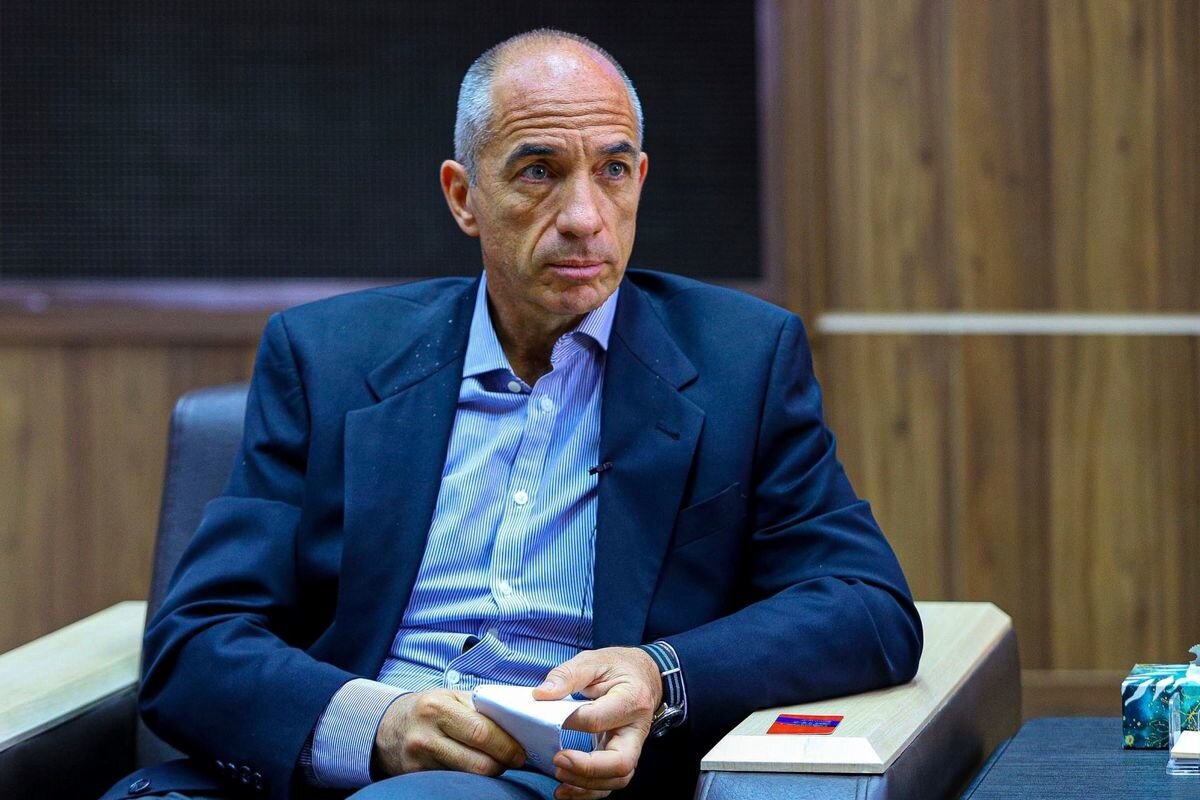Financial aid to restore Lake Urmia not affected by sanctions: UNDP rep

TEHRAN- Claudio Providas, the UNDP resident representative in Iran, has said that sanctions have had no effect on providing financial support to protect Iran's wetlands and revive Lake Urmia, in particular.
Lake Urmia in the northwestern West Azarbaijan province started to dry up in the 2000s. The lake is the largest lake in West Asia and the sixth-largest Salt Lake in the world with a water surface area of 5,000 to 6,000 square kilometers.
Providas pointed out that the Japanese government, as the financial sponsor of the project, continues to provide aid.
“Over the past 10 years, Japan has made generous contributions to the global plan to protect Iran's wetlands and has contributed one million dollars annually, which is quite acceptable,” he said.
He continued: “In the last 5 years, Iran has tried different strategies to save Lake Urmia and has been trying to find out whether it should follow the same previous methods to restore the lake or it needs to try out new solutions.”
“During the last decade, the financial aid of the Japanese government has protected Iran's wetlands and this plan has had some achievements. However, it should be noted that Japan's aid by itself was not expected to save Iran's wetlands or even Lake Urmia,” he added.
Promoting smart farming
Providas went on to say optimizing water consumption in the agricultural sector and promoting smart farming plays a key role in supplying the water needed to restore Lake Urmia.
It is extremely needed to be implemented in areas around Lake Urmia. Studies have shown that by improving irrigation methods in the villages around the lake, it is possible to save up to 30 percent of agricultural water consumption without reducing the amount of crop production.
Also, by improving farming techniques and crop rotation, it is possible to save up to 40 percent in agricultural water consumption in this area.
Lake Urmia revival plan
As the first project to revive the Lake, the construction of a tunnel with a length of 36 kilometers to transfer water from the Dam to the Lake started in 2015, IRNA reported.
Some 35 trillion rials (about $70 million) have been spent on the project.
In the first phase, 300 million cubic meters of water are projected to enter Lake Urmia every year.
The second phase is going to come on stream in the current Iranian calendar year, ending March 2024, increasing the volume of water to 600 million cubic meters.
The wastewater treatment plant of the city of Urmia, as the second project aimed at reviving Lake Urmia, will come on stream in the near future.
Once the project is inaugurated, 51 million cubic meters of treated wastewater will be transferred to Lake Urmia, Mohammad-Sadeq Motamedian, the governor-general of West Azarbaijan province and the secretary of the national working group for Lake Urmia restoration, said, IRIB reported.
This important project started in the calendar year 1394 (March 2015-March 2016) but stopped in the year 1399 (March 2020-March 2021) due to financial problems, he explained.
Some 5 trillion rials (about $10 million) have been recently earmarked for speeding up the implementation of the Lake Urmia revival plan.
The lake is designated for the List of Wetlands of International Importance, Ramsar Site, as well as a UNESCO World Biosphere Reserve, which is a protected area with the aim of conserving nature and culture in the region and community development.
Protecting wetlands
According to a report released on July 18th, the plan to protect wetlands has reduced water consumption by up to 27 percent, helping sustainable agriculture around Lake Urmia.
The unique characteristics of wetlands, including groundwater control, climate change adaptation, the livelihood of local communities through fishing, livestock grazing and agriculture, natural water purification, purification and absorption of pollutants, and nature tourism have made sustainable management and protection of wetlands essential for humans, Jaleh Amini, an official with the Department of Environment has said.
In this line, comprehensive management plans have been prepared for 44 wetlands in the country.
Therefore, the DOE determined water rights for 11 wetlands out of 25 wetlands that are registered in the Ramsar Convention, but the conditions of the wetlands show that the water rights have not been fully met.
The Convention on Wetlands is an intergovernmental treaty that provides the framework for the conservation and wise use of wetlands and their resources.
MT/ MG
